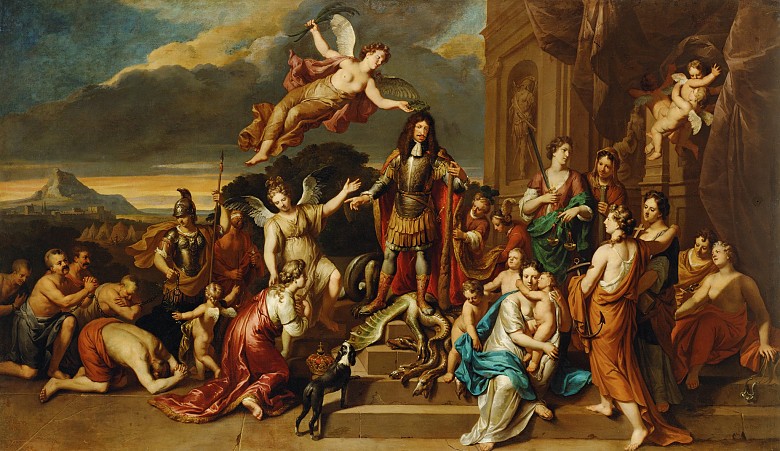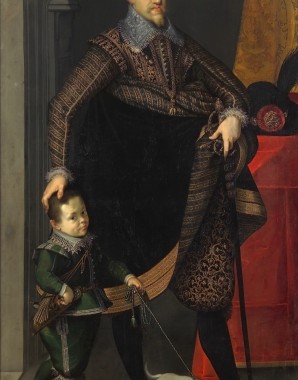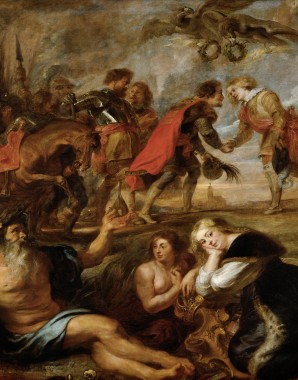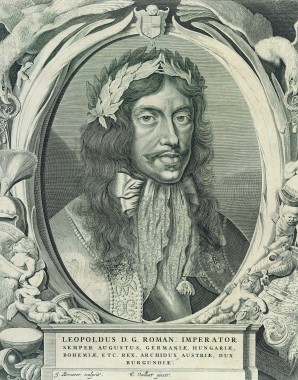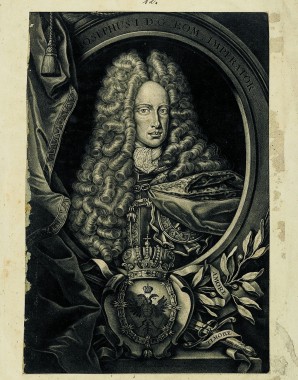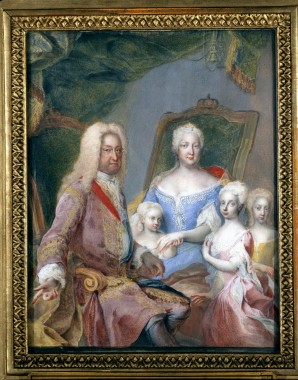Reigns and Rulers V
Absolute Power in the Baroque?
The years around 1700 saw the Habsburgs continuing their upward path to great power status in Europe. This period also saw the dynasty become vastly more powerful at home, where since the beginning of the Thirty Years’ War it had constantly reduced the influence of the nobility. The pillars of Baroque Absolutism – the bureaucracy, the army, and the Catholic Church – were all strengthened; in addition, the seventeenth century had seen Bohemia and Hungary becoming hereditary monarchies in the house of Habsburg.
In spite of their increase in power, the Habsburgs were frequently at odds with the Estates, though they attempted to keep their influence to a minimum. There were numerous uprisings, particularly in Hungary. The Habsburgs also had to make frequent concessions to the nobility, on whom they were dependent for the defence of the realm against the Turks. Finally, the Habsburg empire – that work of so many long centuries – was gravely endangered at the death of Charles VI, which made the dynasty extinct in the male line.
